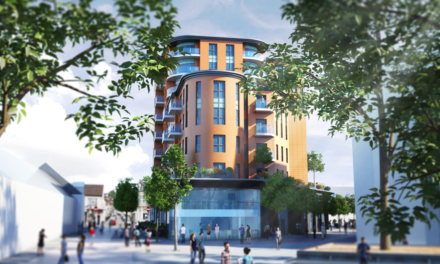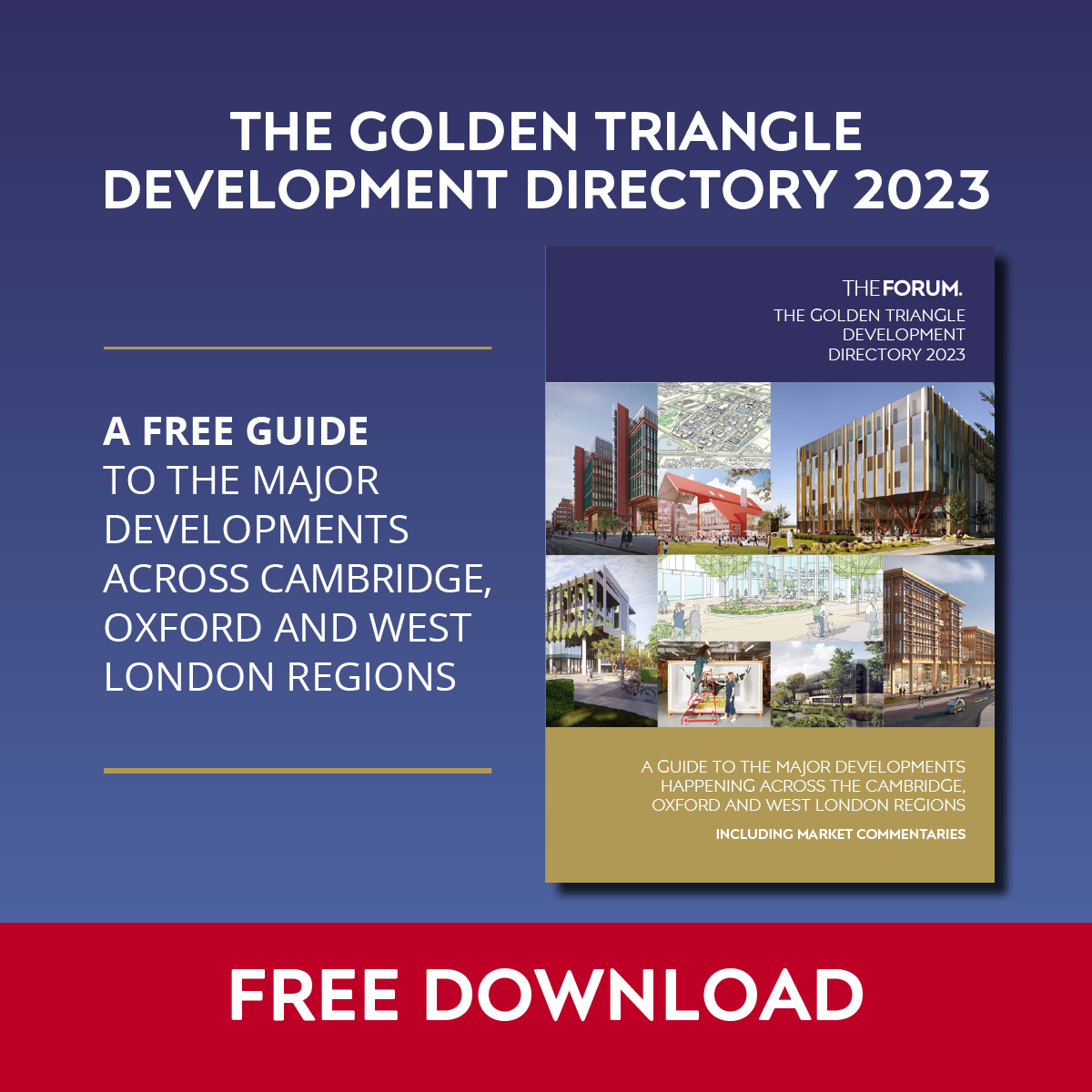Daniel Lampard and Zahra Waters, senior director and senior planner at Lichfields, look at the way forward in the debacle over the Chiltern and South Bucks Local Plan.
After more than five years’ work, three rounds of consultation and thousands of representations, the emerging Chiltern and South Bucks and Local Plan looks set to be sent back to the drawing board.
This is the latest in a series of Local Plans across the south east that have also hit the same problem of being judged as failing to comply with the Duty to Co-operate (DtC).
The inspectors’ letter raises many issues but the main question being raised across the Thames Valley is: what next? There is much uncertainty but the implications of the inspectors’ letter may ripple out across Buckinghamshire, Slough and even into the Royal Borough. These are our answers to the main questions being raised:
- Is the inspectors’ decision final? Probably. The letter leaves open the opportunity for the councils to seek to change the inspectors’ mind by inviting them to respond to these findings. The ball is, therefore, in the new council’s court and the authority has stated its hopes that ‘when we present our arguments to the inspectors that they are persuaded to change their minds’. The inspectors’ interim conclusion is that there is a ‘strong likelihood that the only option will be for the council to withdraw the plan’ and it will be interesting to see what new matters are raised now.
- Will South Bucks need to accommodate additional housing to meet Slough’s unmet need? Not necessarily. The inspectors didn’t conclude that Slough’s need could be met in South Bucks but instead concluded that there was ‘no detailed analysis’ of whether the adverse impacts of meeting this need there outweighed the benefits. The councils may now undertake this exercise and conclude that they can’t meet all or any of Slough’s need.
- If so, would the plan progress speedily? Unfortunately not. As the inspectors make clear the Local Plan process cannot be paused while this is addressed as the legislation requires non adoption of the plan if it fails the DtC. A failure to meet the duty cannot be remedied during the examination because it applies to the preparation of the plan which ended upon submission in September 2019
- Will a new plan relate to Chiltern and South Bucks only? We would expect so. Matters are complicated however by the fact that neither authority exists any more as they have been subsumed (along with Wycombe and Aylesbury) within the new Buckinghamshire Council. Buckinghamshire will have the decision as to whether it wishes to continue the same approach or undertake a wider district wide Local Plan. A Buckinghamshire-wide plan would need to revisit housing growth and other matters within Wycombe and Aylesbury – both of which have only recently been settled through their own Local Plan processes.
- What are the timeframes going forward? This is the million dollar question. If a subsequent plan is progressed for the Chiltern and South Bucks area only it will need to address the Slough conundrum and also maintain an up-to-date Local Plan evidence base (which tends to date speedily). The plan will need to go back through the relevant stages, culminating in submission and the next Local Plan inquiry. There is likely to be a much longer timeframe for a Buckinghamshire-wide Local Plan with a need for a Buckinghamshire-wide evidence base and an assessment of the “bedding down” of these Local Plan strategies (potentially complicated by wider matters such as the implications arising from anticipated growth along the Oxford to Cambridge corridor).
- What does this mean for Slough? Slough has won the argument – for now. Buckinghamshire will now need to go through the exercise of understanding Slough’s unmet need, assessing whether in its view, it can be accommodated in southern Buckinghamshire and then fulfil the DtC considerations with its neighbour. Assessing need may not be straightforward – earlier assessments identify widely varying unmet need of between 5,000 to 10,000 homes. The inspectors consider that this will be addressed in the awaited Part Two of the Wider Area Growth Study (being undertaken jointly by Slough, South Bucks, Chiltern and Windsor & Maidenhead). This may not necessarily result in a ‘clean’ answer and Slough is likely to come under pressure to demonstrate that it is optimising residential development in the borough. Slough may also come under pressure to speed up its stalled Local Plan process – as, ultimately, this is likely to be a key factor in determining the extent of its unmet need.
- Could the courts or the Secretary of State intervene? Possibly. The councils may follow Sevenoaks in seeking to challenge the inspectors decision on the failure to meet the DtC in the courts through a judicial review but this route lacks speed and certainty. Sevenoaks waited for the inspector’s final report before raising a legal challenge, which was published five months after the inspector initially raised a concern with the DtC and suggested the plan was withdrawn. Unusually the Secretary of State has intervened in the South Oxfordshire Local Plan but was able to push through an ‘off the peg’ Local Plan – an option not available here.
- So how will planning applications be determined? For now, with little change. The emerging Local Plan had been afforded relatively little weight so far in advance of the Local Plan inquiry process. South Oxfordshire however has recently experienced the housing policies in its 2012 development plan being found out of date in the Wheatley Secretary of State decision – the current development plans in Chiltern and South Bucks are even longer in tooth.
Image by Steve Daniels, CC BY-SA 2.0, https://commons.wikimedia.org/w/index.php?curid=14191076
© Thames Tap No 210 (powered by ukpropertyforums.com)



















Trackbacks/Pingbacks